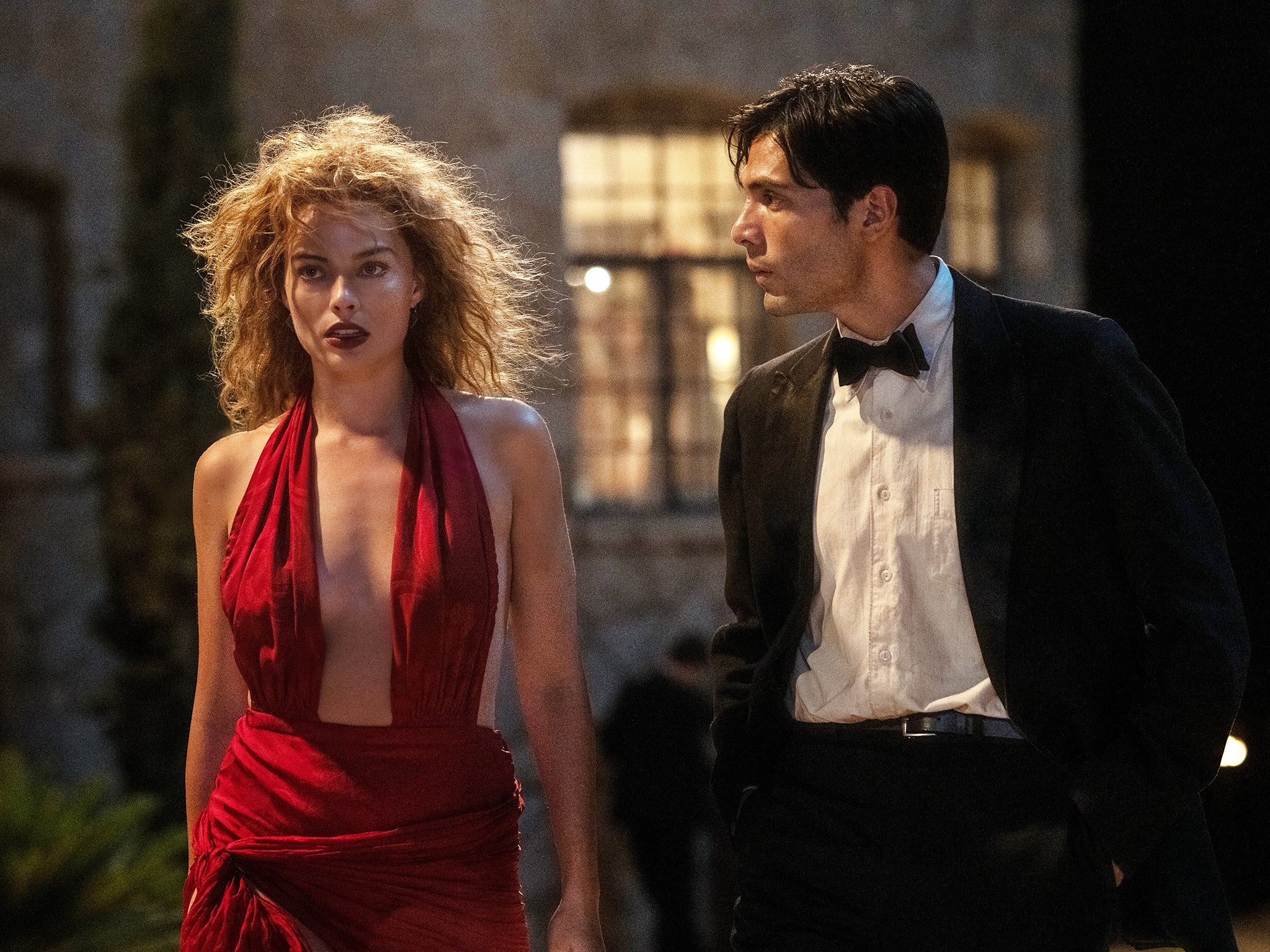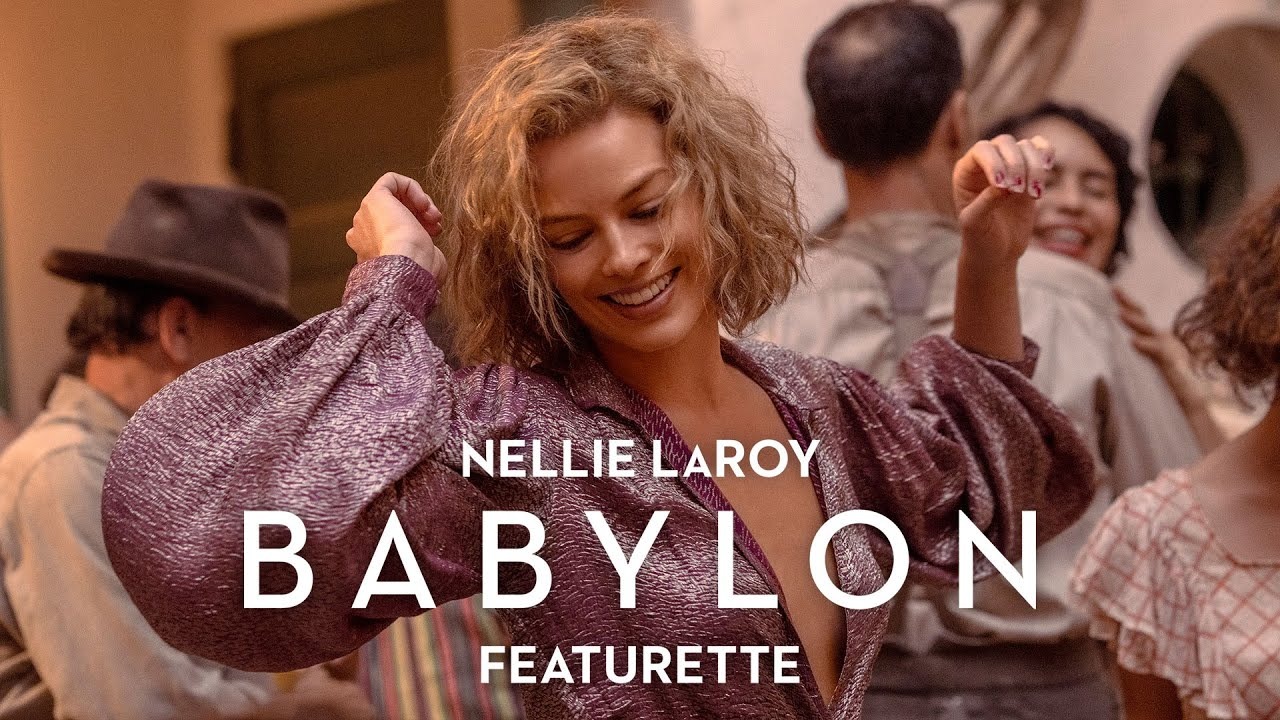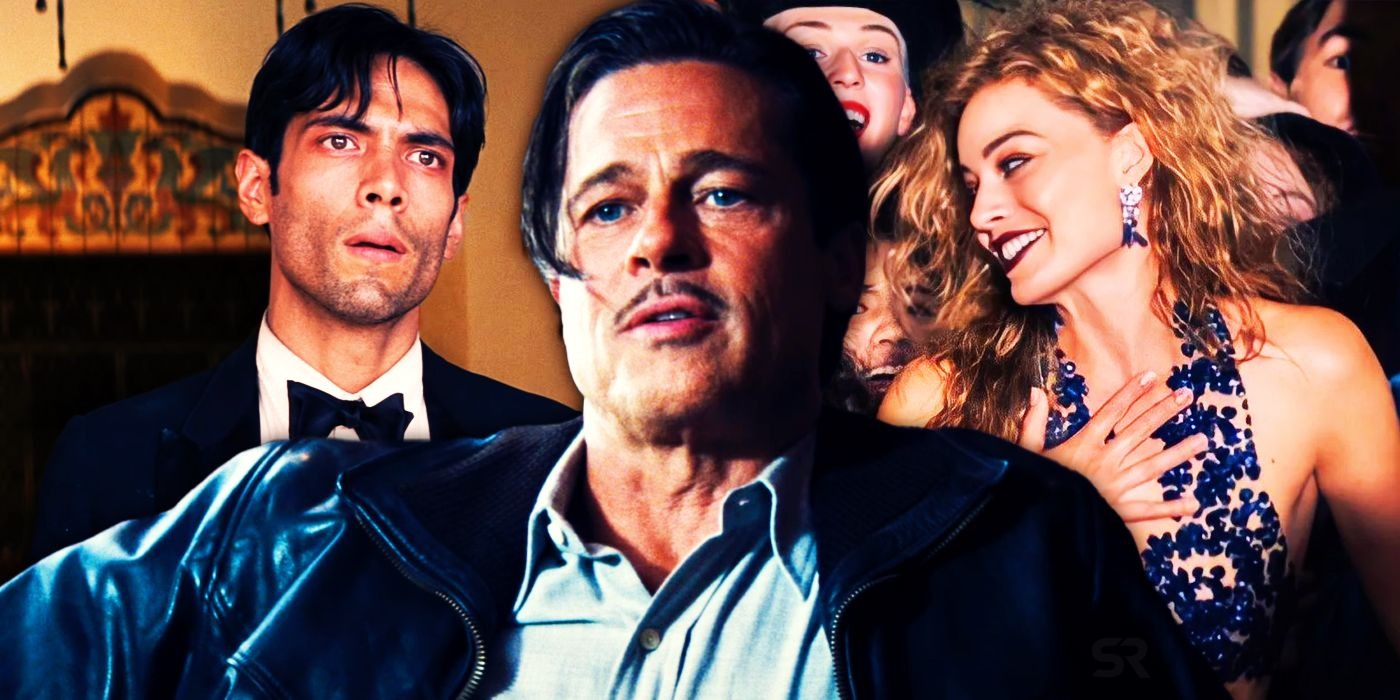Babylon’s finale explores Hollywood’s dual nature, presenting both its allure and its darker sides. The film features Brad Pitt, Margot Robbie, and Diego Calva portraying silent film-era personalities grappling with the turbulent change in the industry.
The glamour of Old Hollywood is depicted through breakthrough performances and lavish celebrations, while its darker aspects emerge in the form of personal downfalls, addiction, and destructive behaviors following the rise of talkies.

The Final Chapter of Babylon
The 2022 film Babylon concludes with poignant resolutions for its central characters: Nellie’s untimely demise, Jack’s tragic suicide, Sidney Palmer’s departure from Hollywood, and Elinor St. John’s eventual death.
Despite these grim outcomes, the narrative offers a glimmer of hope as Manny returns to Los Angeles with his family, emotionally reconnecting with cinema while watching Singin’ in the Rain.
The scene intertwines with a montage celebrating a century of filmmaking, emphasizing how the industry evolves to capture new audiences while acknowledging the sacrifices of those who built its foundation.
Babylon’s Cinematic Homage Through a Montage
The movie’s ending features a montage showcasing iconic films from Hollywood’s history, from early works like The Horse in Motion to James Cameron’s Avatar. This sequence underscores the dreamlike allure of Hollywood, juxtaposed with its inherent perils.
While the montage is meant as a tribute to cinematic history, it has sparked debate among viewers and critics over its seemingly glossed-over portrayal of the struggles depicted throughout the film.
The Films Highlighted in the Montage
Each film in the montage represents a pivotal moment in Hollywood’s evolution. Early works such as The Horse in Motion and The Arrival of a Train introduced audiences to the magic of moving pictures.
A Trip to the Moon revolutionized science fiction, while The Great Train Robbery laid the foundation for Westerns. Films like The Jazz Singer heralded the era of sound, and The Wizard of Oz highlighted the transformative power of color.
Damien Chazelle’s selection of these films underscores the progression of cinema, from early innovations to groundbreaking works like 2001: A Space Odyssey, Jurassic Park, and The Matrix. Ingmar Bergman’s Persona brings the montage full circle, emphasizing the enduring power of storytelling in filmmaking.
Nellie LaRoy’s Tragic Downfall
Margot Robbie’s character, Nellie LaRoy, achieves fleeting stardom but succumbs to her vices. A newspaper clipping briefly reveals her death at 34 from a suspected overdose in a run-down apartment, underscoring her struggles with addiction and the fleeting nature of fame. Her inability to escape the pressures of Hollywood finally leads to her demise.

Nellie’s Choice to Leave Manny
Nellie distances herself from Manny, burdened by her debts and the dangers posed by James McKay. Recognizing that her involvement could jeopardize Manny’s safety, she sacrifices their future together.
Her self-destructive tendencies and inability to let go of her career further solidify her tragic end, as Hollywood’s allure consumes her.
The Uncertain Relationship Between Nellie and Lady Fay
Hints of a romantic relationship between Nellie and Lady Fay Zhu emerge, particularly after their shared kiss during the snakebite scene.
However, their relationship remains speculative, with gossip columns suggesting a brief romance. The societal norms of the 1920s and the pressures of maintaining a favorable public image likely contributed to their separation.
Manny’s Emotional Return to Hollywood
Years after leaving Hollywood, Manny revisits the city with his family, reflecting on his early days in the industry. Watching Singin’ in the Rain among a diverse audience, he is overwhelmed by nostalgia and pride. Despite witnessing Hollywood’s darker side, Manny cherishes the advancements and lasting impact of the film industry.
Jack Conrad’s Heartbreaking Exit
Brad Pitt’s character, Jack Conrad, faces the harsh realities of Hollywood’s transition to sound. Once a celebrated silent film star, Jack struggles to adapt to the changing industry.
Confronted with his declining career and haunted by the suicide of a close friend, Jack finally takes his own life, symbolizing the harsh toll of Hollywood’s relentless evolution.



